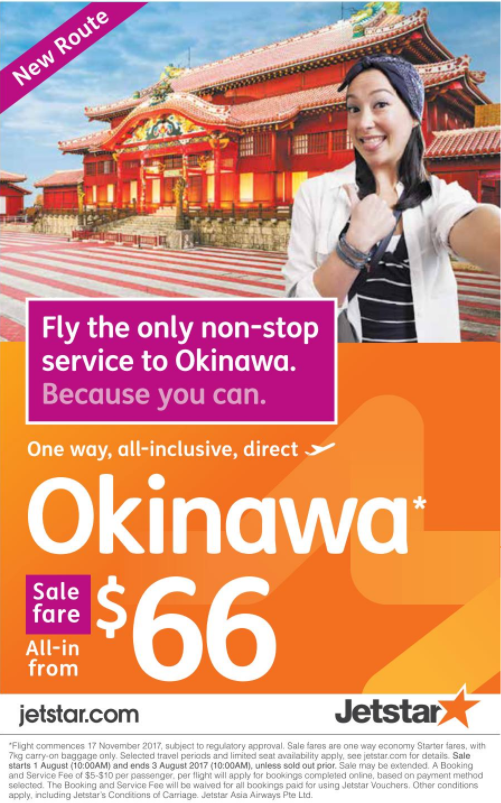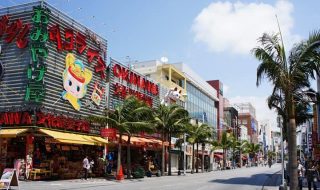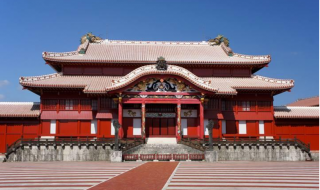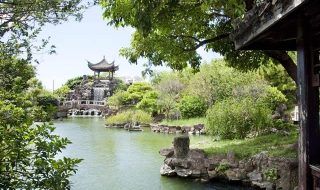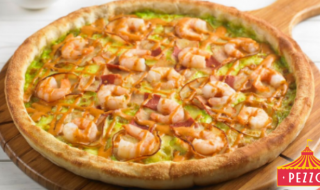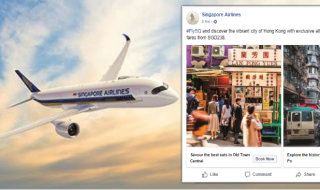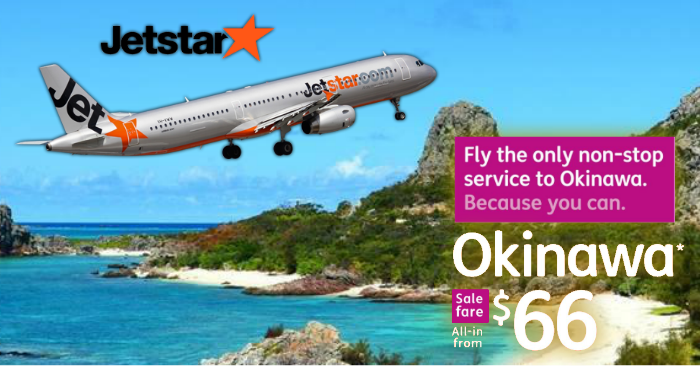
You can now fly to Japan for cheap
Good news. Jetstar will be launching non-stop flight to Okinawa, Japan with flights commencing from November 17. Currently, travelers would need to fly to Manila, Hong Kong or Taipei before transiting at Osaka.
From 1 – 3 Aug, Jetstar will run a 72-hour flash sale to Okinawa for just $66 all-inclusive one-way. This is a fantastic deal considering the usual fares will cost $400-$500 on a non-direct route.
The sale will runs from 1 Aug, 10am to 3 Aug, 10am.
Book your tickets here now. (Note: The fares will only be released at 10am, 1 Aug)
Share this news with your friends and loved ones!
Terms & Conditions
Flight commences 17 November 2017, subject to regulatory approval. Sale fares are one way economy Starter fares, with 7kg carry-on baggage only. Selected travel periods and limited seat availability apply, see jetstar.com for details. Sale starts 1 August (10:00AM) and ends 3 August 2017 (10:00AM), unless sold out prior. Sale may be extended. A Booking and Service Fee of $5-$10 per passenger, per flight will apply for bookings completed online, based on payment method selected. The Booking and Service Fee will be waived for all bookings paid using Jetstar Vouchers. Other conditions apply, including Jetstar’s Condition of Carriage.
Okinawa’s largest city and its transportation hub, Naha is the gateway to paradise
Naha is the sister city of Hawaii’s capital, Honolulu, and you could be forgiven for confusing the two. Not only do they share similar climates and geographies, but Naha is also home to several US military bases and the majority of the US forces stationed in Japan, which means that English is heard around town nearly as often as Japanese. Visitors are treated to an interesting mix of Japanese, American and the local Ryukyu culture when it comes to food. Try taco rice or Spam musubi if you’re feeling adventurous. Several stretches of sand are readily accessible via public transportation, including Manza, Moon and Zampa Beaches, and on rainy days there’s local art and history to discover at the Okinawa Prefectural Museum.
Things to do
-
Gone fishin’
Nearly every tourist in Naha takes a trip up the coast to Churaumi Aquarium opens in new window, which is considered the best in Japan. It’s home to one of the largest tanks in the world, big enough to hold whale sharks, manta rays and schools of their aquatic friends. In addition to the usual aquarium exhibits, there’s a hands-on tank and an outdoor arena for dolphin and sea lion shows.
-
Hit the road
Kokusaidori, literally “international road”, is a major thoroughfare and a great place for shopping, people watching and dining. Check the covered arcades branching off from the street for bargain-priced souvenirs and habu-sake, a local liquor with a pickled pit viper inside. Yunagi is said to dish some of the best Okinawan food in town and Blue Seal Lick Bit offers a place to cool off with a serving or two of the local ice cream.
-
Kingly perch
Shuri was the capital of Okinawa’s native Ryukyu Kingdom and Shuri Castle opens in new windowon the east side of town is a reconstruction of the home of their kings. From its hilltop perch, the castle offers eye-catching views of the city and the ocean beyond, and well as well-curated information on the history of the Ryukyu and a wealth of related artefacts.
-
Leaf it all behind
If you feel the need to escape Naha’s bustling crowds of shoppers and throngs of sunbathers, Fukushu-en Park opens in new windowmakes for a nice getaway that’s still within easy reach of the downtown area. The traditional Chinese garden, built in 1992 in honour of sister city Fuzhou, China, is free to enter and offers lots of shady nooks, soothing waterfalls and paved paths to stroll.
-
State of the art
The Okinawa Prefectural Museum opens in new windowdelivers a double-whammy of art and history. The history exhibits cover the prefecture’s unique history and culture, including the folklore and crafts of the native Ryukyu, while the art exhibits focus on homegrown creators of contemporary art. There are outdoor displays of traditional architecture and native flora and a hands-on exhibit where kids can play and learn at the same time.
When to go
Naha is quite warm year-round, with temperatures rarely reaching the low teens, even in winter. However, clouds and rain can make it a bit too chilly for swimming in the winter months. Summer sees daytime temperatures above 30 degrees Celsius.
April to June is the rainy season in Naha, though this tends to bring scattered showers more than sustained downpours. Avoid the Golden Week crowds at the end of April and typhoon season in September.
Some notable festivals in Naha are the 10,000 Eisa Dancers Parade in early August and the Naha Great Tug-of-War, registered as the world’s largest tug-of-war event, in October.


